The British Academy of Cosmetic Dentistry
FOUNDATION DENTIST CASE SUBMISSION 2025
ATTENTION ALL FOUNDATION DENTISTS
Given the great success of the last year’s updated format, the BACD foundation case prize will follow the same format. This prize is a fantastic opportunity for any foundation dentist to push themselves; learn new skills and gain feedback from experienced dentists. There are 3 separate categories to enter:
- Best Posterior Composite
- Best Anterior Composite
- Best Anterior Ceramic
You do not have to enter all 3 categories, although this is advised as each entry carries its own prize and is independent of the next.
The winner of each case category will be awarded FREE entry to the BACD Young Dentist Day, which is taking place on Saturday 20 September 2025 in London, together with a 1-year DF1 membership of the BACD.
The best OVERALL case winner (irrespective of category), will be awarded a complimentary place at the next BACD Annual Conference, including a gala dinner ticket, and a 1-year DF1 membership of the BACD. The next BACD Annual Conference is taking place on 06 – 08 November 2025 at The Lowry Arts Centre, Salford Quays, Manchester. You will also be invited to shadow one of our committee members (to be arranged subject to availability and location).
Submissions are anonymously marked by the BACD Young Membership Committee.
For each case we require a written case report of no more than 750 words including clinical images as demonstrated below. Referencing is suggested where appropriate and does NOT count towards the word limit. Submissions are to be submitted in pdf format to suzy@bacd.com by the following entry date:
MONDAY 11 August 2025
The content of the reports is your choice however topics of conversation could include:
- Presenting Complaint
- Medical History Considerations
- Clinical Presentations
- Treatment Planning Discussions
- Clinical Decision Making
- Materials Choice and instruments used
- Reflection on treatment provided
Photos must follow the BACD accreditation format as demonstrated below.
Required photos are non-negotiable and are required for case submission. Additional images are encouraged and may support case presentation. Although flash diffusers are allowed, credit will be given for use of ring flash or “naked” twin flash, similar to accreditation images.
This is an opportunity to be rewarded for providing high quality aesthetic dentistry. Documentation of the process is just as important as the final result.
Case 1: Best Posterior Composite (case courtesy of Dr Harry Craig)
Posterior is defined as Premolars and posterior
More than one tooth can have been treated in the same quadrant although only one tooth will be assessed so please ensure this is specified
Any surface of the tooth can be treated however extra credit will be gained for case complexity
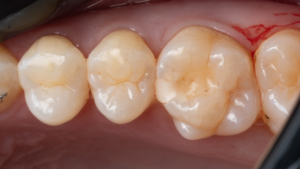
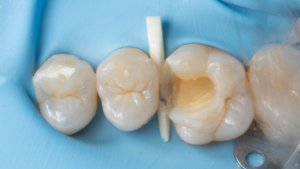
Case 1: cavity preparation and design
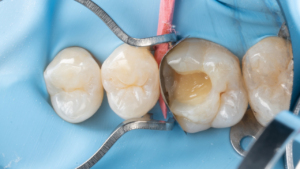
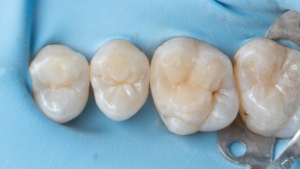
Case 1: post-op
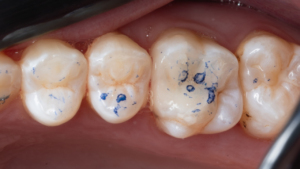
Case 2: Best Anterior Composite (case courtesy of Dr Harry Craig)
Anterior is defined as 3-3
More than one tooth can be treated as long as it is within 3-3
Ideal cases may include: Class IV fractures, diastema closure, carious lesions onto the buccal surface
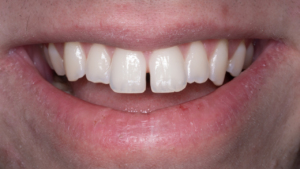
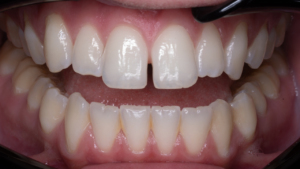
Case 2 pre-op: anterior retracted view, teeth parted
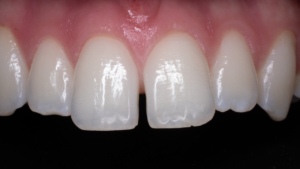
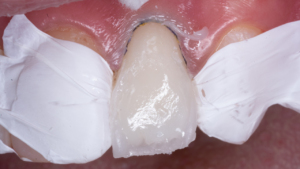
Case 2 during: cavity design or layering
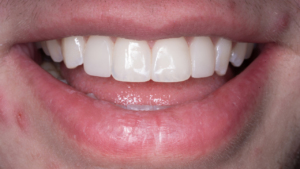
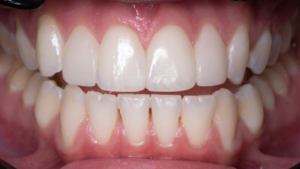
Case 2 pre-op: anterior retracted view, teeth parted
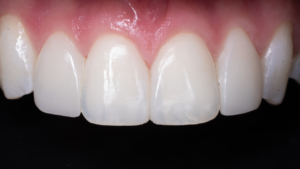
Case 3: Ceramic Unit (case courtesy of Dr Richard Coates)
Anterior is defined as 3-3
Can just be a single unit
More than one tooth can be treated as long as it is within 3-3
Ceramic is defined as crowns, veneers and bridges
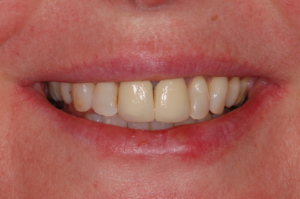
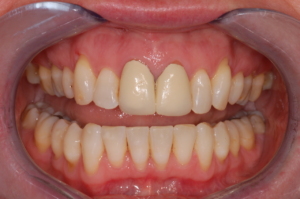
Case 3 pre-op: anterior retracted view, teeth parted
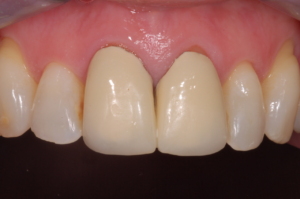
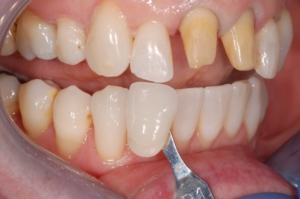
Case 3 during: photos used for shade matching + images of preps
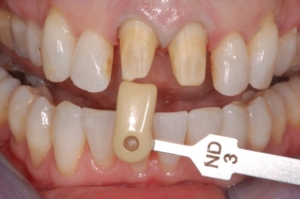
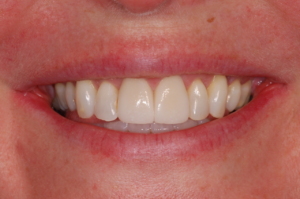
Case 3 post-op: anterior smile view
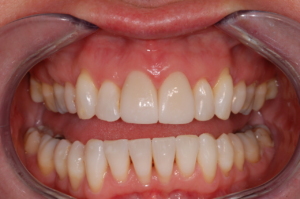
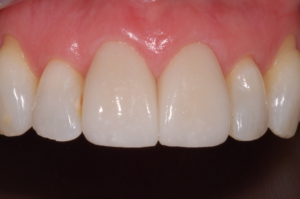
Case 3 post-op: anterior close-up view
Conditions of Entry
- The prize will be known as the “THE FOUNDATION DENTIST CASE SUBMISSION”
- The prizes will be awarded by the President of the British Academy of Cosmetic Dentistry and a member of the Young Membership Committee, on the recommendation of this committee. The committee reserves the right to withhold any prizes if the standard of case submissions are not of sufficient merit
- The winner of each case category will be awarded FREE entry to the BACD Young Dentist Day, which is taking place on Saturday 20 September 2025 in London, together with a 1-year DF1 membership of the BACD
- The OVERALL winner will be awarded a complimentary place at the next BACD Annual Conference, including a gala dinner ticket, and a 1-year DF1 membership of the BACD. The next BACD Annual Conference is taking place on 06 – 08 November 2025 at The Lowry Arts Centre, Salford Quays, Manchester. You will also be invited to shadow one of our committee members (to be arranged subject to availability and location)
- The prize will be open to any foundation dentist within the United Kingdom and the Republic of Ireland
- The names of the winners will be published
- The presentation must be written in English. For each case we require a written case report of no more than 750 words including clinical images as demonstrated. Referencing is suggested where appropriate and does NOT count towards the word limit. Submissions are to be submitted in electronic form as a PDF file, and preceded by a title page to Mrs Suzy Rowlands, BACD Executive Administrator: suzy@bacd.com
- The judges, whose decision will be final, are members of the British Academy of Cosmetic Dentistry Young Membership Committee
- All work must be the original work of the author and must not have been published or submitted for any other purpose elsewhere. Modified DF1 case presentations excepted. The British Academy of Cosmetic Dentistry shall have the right to publish any presentation submitted, in part or in full in any publication
- The winner may not submit the presentation for publication elsewhere or to any other organisation, without the written permission of the BACD. Failure to adhere to this requirement will result in forfeiture of the prize
- The closing date is MONDAY 11 AUGUST 2024
- Case presentations will be judged on content, style and presentation
- The winning dentist will be invited to the next BACD Annual Conference in November 2025 for the presentation of the prize
